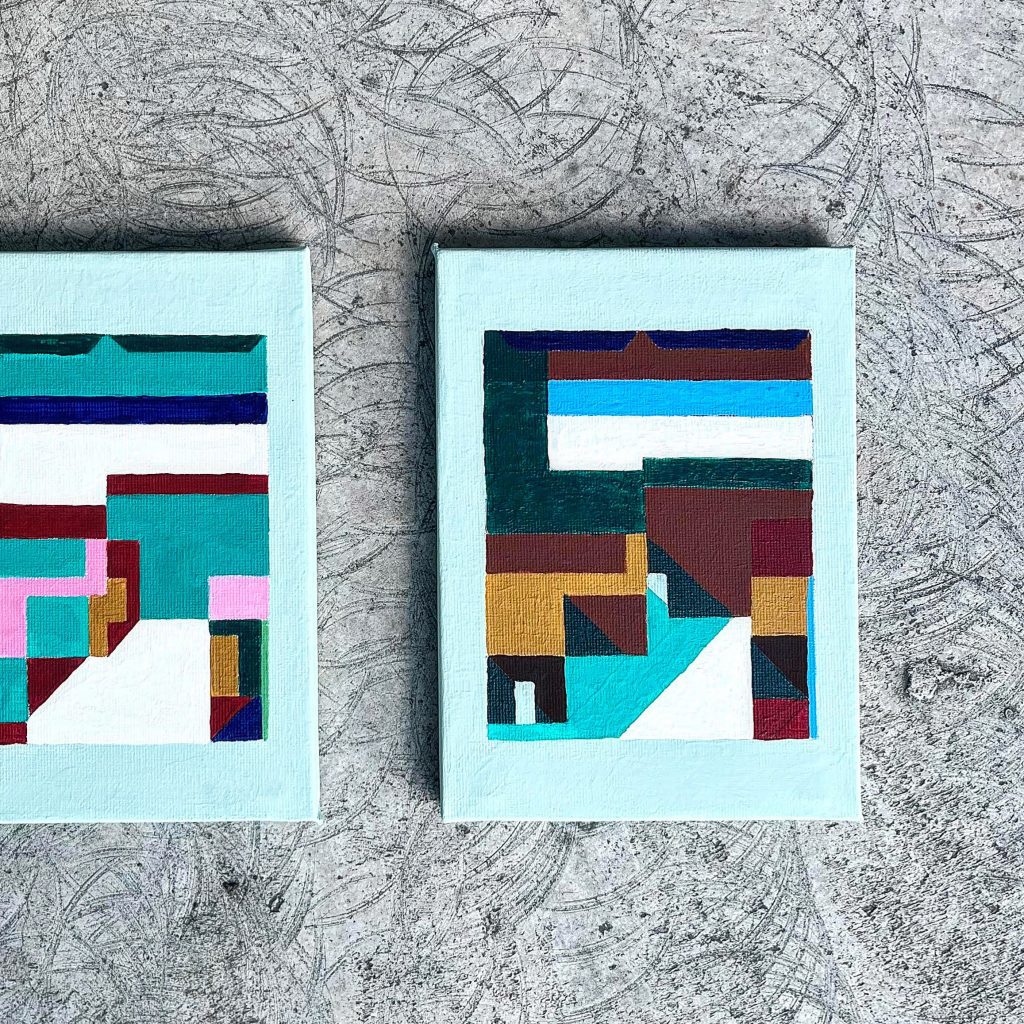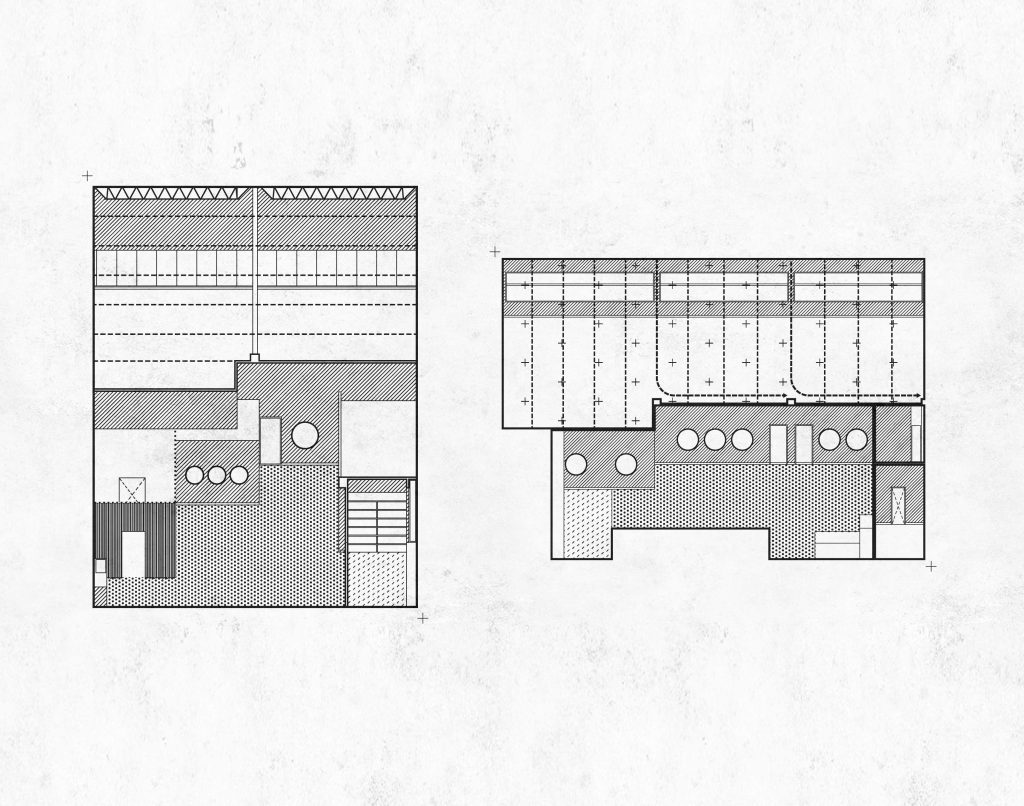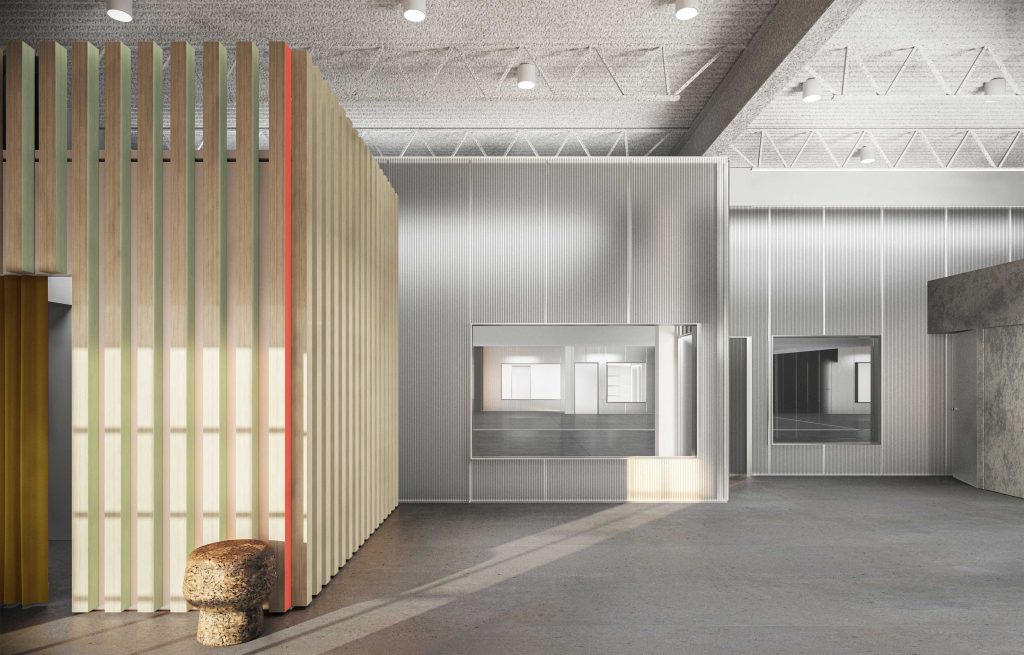Title:
Location:
Type:
Date:
Size:
Drawings:
The Dance Academy
Toronto, Ontario
Commercial / Institutional (renovation)
2025-present
5,800 sq. ft.
Dom Cheng
The Dance Academy explores the intersection of industrial typology and the ephemeral demands of contemporary dance, positioning architecture as an active participant in cultural production.
Title:
Location:
Type:
Date:
Size:
Drawings:
The Dance Academy
Toronto, Ontario
Commercial / Institutional (renovation)
2025-present
5,800 sq. ft.
Dom Cheng
The Dance Academy explores the intersection of industrial typology and the ephemeral demands of contemporary dance, positioning architecture as an active participant in cultural production.




Whereas 17th- to 19th-century schools occupied grand, permanent halls attached to theatres, today’s practice requires adaptable, performative environments supporting a range of styles—from classical ballet to modern and street dance.
A 1980s industrial building of concrete and steel is reimagined as a mutable instrument of movement. Sprung floors with vinyl surfaces accommodate diverse practices, while curtains and movable partitions allow studios to expand, contract, or transform into performance venues, collapsing rehearsal and presentation into a single spatial logic. The building’s raw materiality becomes performative, framing light, movement, and sound, and foregrounding flexibility and impermanence as central design principles.
Whereas 17th- to 19th-century schools occupied grand, permanent halls attached to theatres, today’s practice requires adaptable, performative environments supporting a range of styles—from classical ballet to modern and street dance.
A 1980s industrial building of concrete and steel is reimagined as a mutable instrument of movement. Sprung floors with vinyl surfaces accommodate diverse practices, while curtains and movable partitions allow studios to expand, contract, or transform into performance venues, collapsing rehearsal and presentation into a single spatial logic. The building’s raw materiality becomes performative, framing light, movement, and sound, and foregrounding flexibility and impermanence as central design principles.

